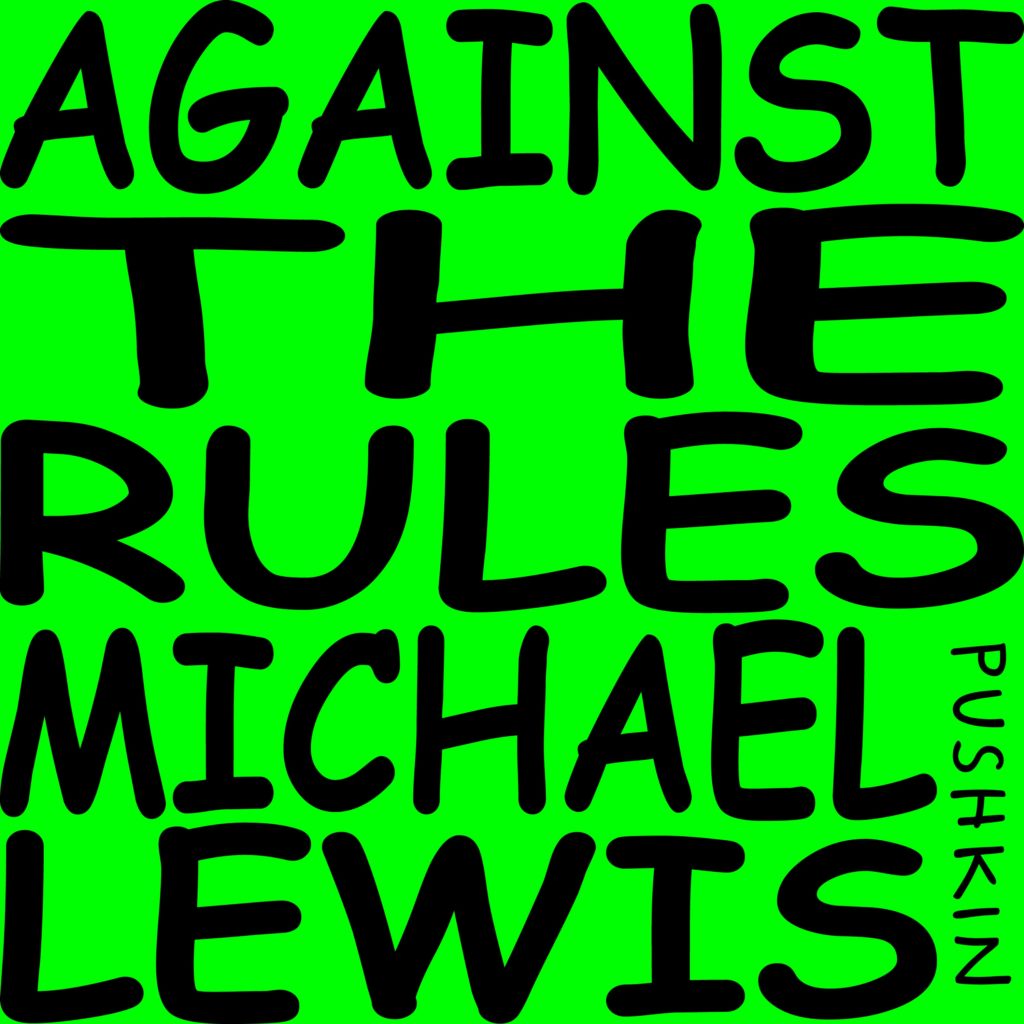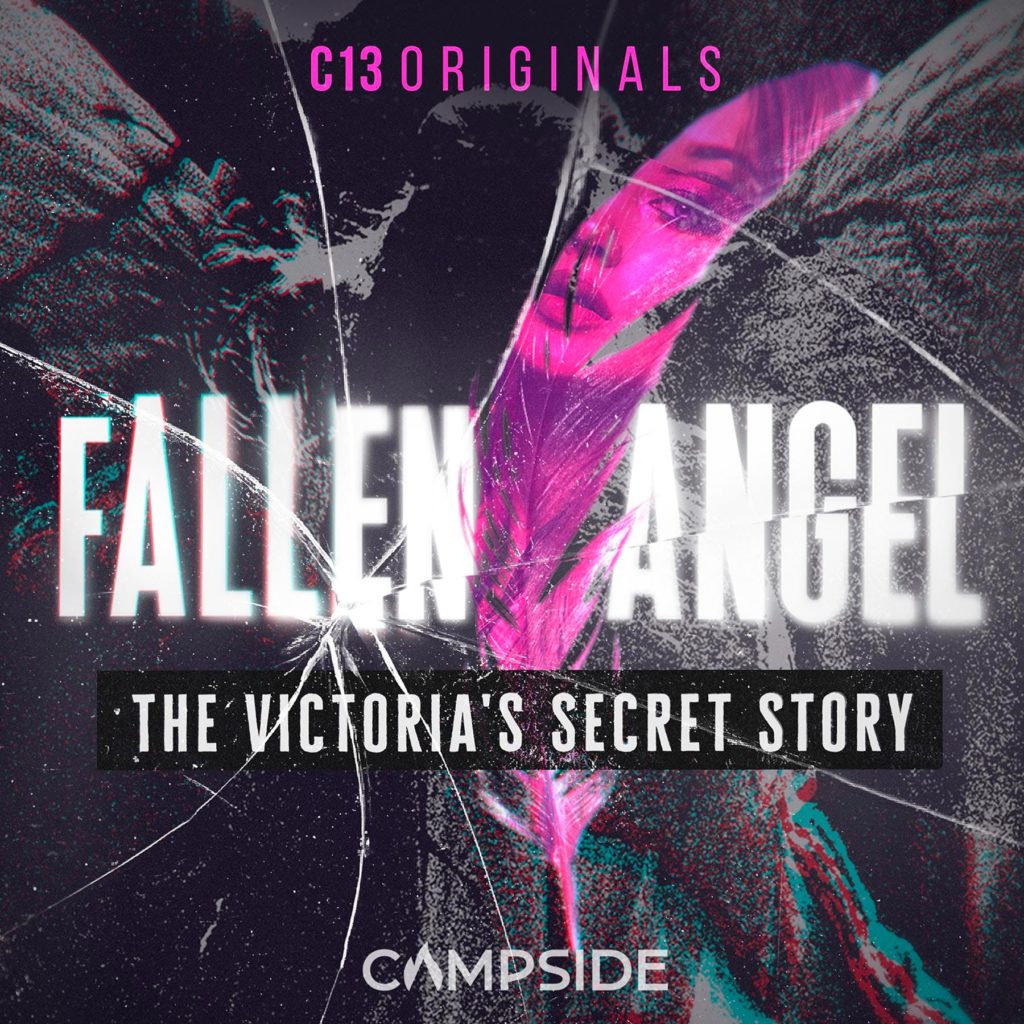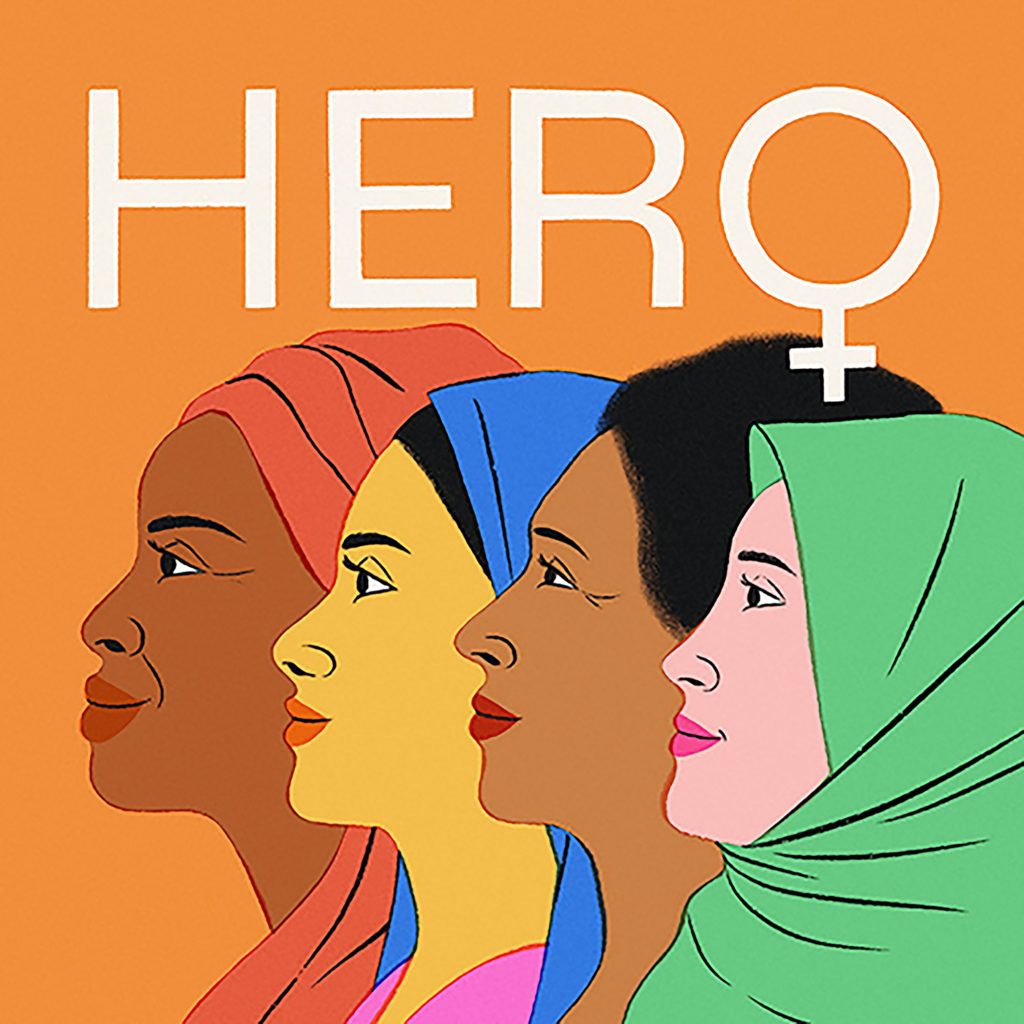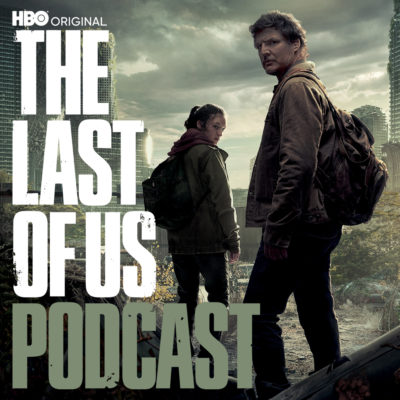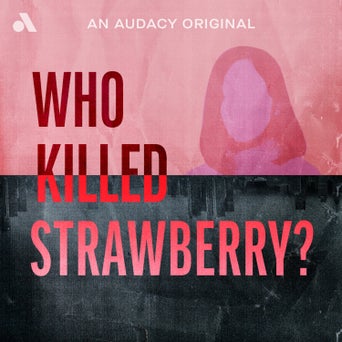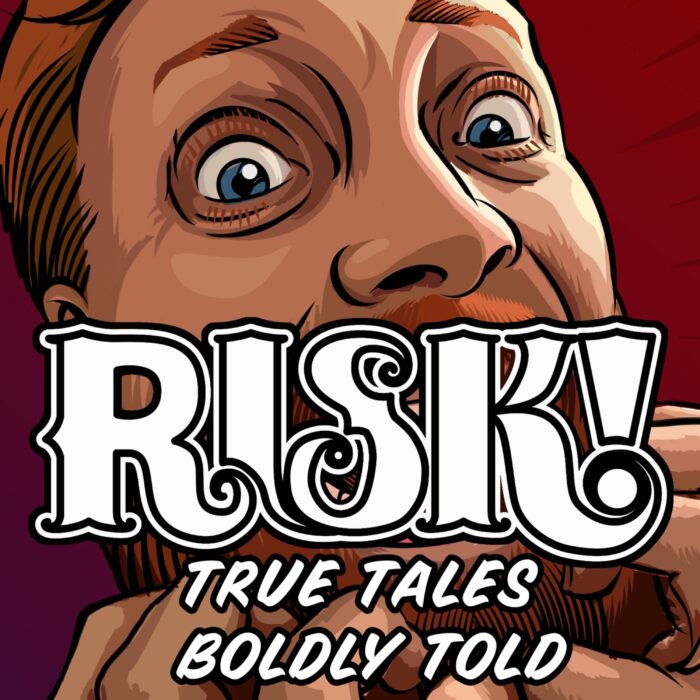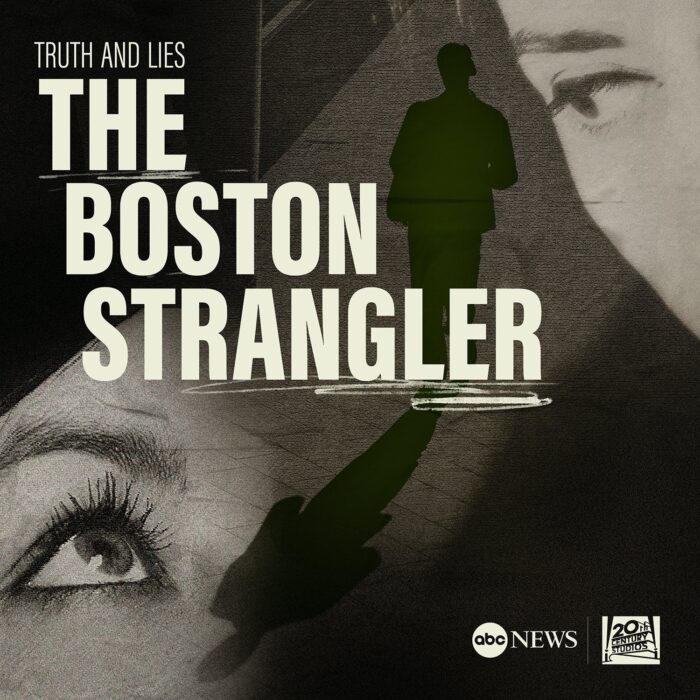What’s the truth behind some of history’s success stories? ‘Nice Try’ investigates

The endless struggle for perfection is a tale as old as time. And sometimes, it seems like the harder we try, the faster, harder, and more devastatingly we fall. In “Nice Try,” Avery Trufelman takes us on her quest to find perfection in society and its inventions. And first up is the legendary fantasy of a utopia and humanity’s numerous failures to create one.
In “Nice Try’s” first season, all of the focus is on the hidden stories behind our world’s design. Trufelman is searching for those places that were supposed to be perfect, designed to be perfect, but those aspirations for perfection have sometimes gone spectacularly wrong. But what can we learn from these failures? What will we learn about ourselves as a society and what can we learn before the next attempt at a utopia?
Jamestown, Virginia
Trufelman visits the The Huntington Library, Art Museum and Botanical Gardens, also referred to as just The Huntington. There, they have 11 million items, some deeply, deeply historical – including the largest collection of artifacts and documents from Jamestown.
So, this episode looks at one of the most pivotal moments in the creation of the United States with Jamestown. Trufelman looks at this first permanent English settlement in America, the story of Matoaka and John Smith, and the toll that this “utopia” took on Native Americans and English colonizers. When 104 men and boys landed in Virginia in 1608, they had no idea what would become of them, Jamestown and America. They were starting new lives, although many had few skills to actually live with servants. The rest of them didn’t know how to farm. They relied on the British crown to continue sending food, writing desperate letters for help. After more and more Englishmen started to perish, the Powhatan tribe gifted them food and water despite being in one of the worst droughts in centuries. If not for their help, the colony of Jamestown easily would have succumbed to disease, famine and extinction.
Regardless, from 1609 to 1610, over 80% of the colonists died. Despite the arrival of 200 more English settlers, only 60 lived through the Starving Time. In 1610, those remaining decided to flee this New World utopia for England when the once-shipwrecked settlers boat arrived on shore. But as they headed back home, they were intercepted by yet another fleet sent by the Virginia Company, who were unable to accept their failure. Lord Delaware was inbound to the Americas, so the starving, angry, traumatized men turned back around.
And that is when the first Anglo-Powhatan War began, which lasted until Wahunsenacawh’s daughter Matoaka was captured, forcing the chief to accept a treaty of peace.
A failure or a success?
So what does this have to do with a utopia? Well, says “Nice Try,” the story of Jamestown, Matoaka and John Smith, and the massacred Powhatans has been twisted and altered and rewritten. History is told by its victors, and the huge failure that was Jamestown was changed into a success story…for England. Same goes for Plymouth, which was a settlement for those fleeing persecution in England. Despite their deadly start, it eventually became a success story. And “Nice Try” asks; for whom?
And, as the story gets rewritten, “Nice Try” can’t help but think of how, just a 20 minute drive from The Huntington, just over the Hollywood Hills, sits Disney Studios. The studio that conceptualized the Disney-fied story of Matoaka and John Smith, or as we know her, Pocahontas. Archived on the other side of the continent from where it happened sits John Smith’s version of her story. With no source of Pocahontas’ own writing or words. She was just 10 when she met John Smith, and just 20 when she died across the Atlantic, under a new name, in new clothes, surrounded by people she did not know.
Perfection, and utopias, are all about perspective. The term utopia was coined in 1551 by Thomas More, who wrote the fictional tale of a city founded by King Utopus in the New World. In reality, utopia is derived from two Greek words that, when put together, mean “nowhere.”
And “Nice Try” is looking at what these attempted utopias mean to us today. From Chandigarh to Levittown, Hitler’s attempt at Germania and even Disney World (ironic), you’ll find a deeper meaning to perfection. “Nice Try” is providing a shockingly profound and emotional perspective on the reach for something perfect. And Trufelman doesn’t forget to tell us that even in our own homes, we are creating our own little utopias, perfect for us.
